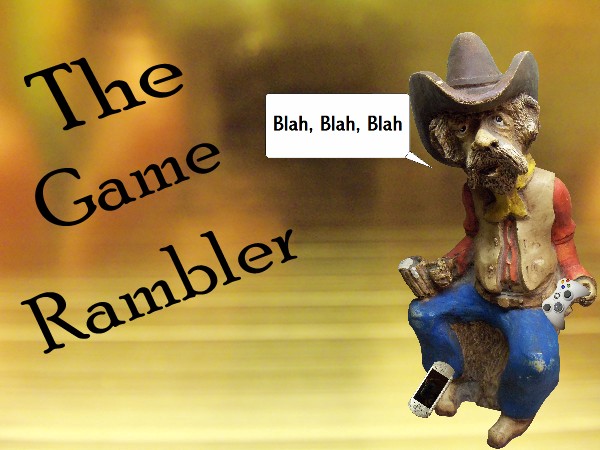First, the good: Yes, the story is still compelling, complicated, confusing, and so well-written and unique that it's worth slogging through the second entry. Also, Episode II sports 5.1 surround sound and some pretty amazing cutscenes that hold up well to this day. The level design is so-so and...oh, starting to feel like a total review. Let's skip ahead to...
The bad: While I continued playing solely because I'm fond of the story and knew that I would have the good Episode III waiting for me at the end, it was still a very painful experience. Sure, I'm upset they changed KOS-MOS's voice actress; but the combat system was the real let-down of the game. A scenario if you will: Battle begins. There are three enemies of moderate power to take down - but surely nothing that KOS-MOS, Jr. and Ziggy couldn't handle, right? Oh, wait a minute. You mean in order to stand a chance against said "moderate" enemies I have to "Stock"? In layman's terms this means I choose a menu option (the "Stock" option) which adds one bar under my characters' hit points. And each character has a total of three bars to fill up for a grand total of nine bars? Wait, so each character gets to attack an extra time for each bar; but, isn't that nine total turns spent not attacking? And, wait a minute again. I'm getting attacked over and over by this gnosis that managed to boost (basically cutting into the attack line) and now half of KOS-MOS's life is gone. So now I have to spend a turn or two healing her and anyone else, all while stocking? Yes, yes, yes it's all true and is more laborious than carrying a three-hundred pound man up a "down" escalator. Sure you might make it to the end, but you'll be tired, annoyed, and left hating the heavy man. Okay, Monolith Soft, I appreciate that you tried to add depth and complexity to the battle system; but you forgot to add the "fun", which is kind of a key component of any video game. Sarcasm aside, though, I'm a little ways into Episode III and am relieved to see the battle system has more in common with the great Episode I.
Should you consider playing this classic trilogy? If you want one of the most unique JRPG experiences around then hell yes, you should. Just be warned that the second episode is trying at best; but is a merciful twenty-five hours long if you don't go after all the optional bosses, which you won't want to. Between all of the crappy combat, however, are some of the best cutscenes in JRPG history and shouldn't be missed, especially if you're planning on sticking around for Episode III. For me, it was worth it. Barely.
Should you consider playing this classic trilogy? If you want one of the most unique JRPG experiences around then hell yes, you should. Just be warned that the second episode is trying at best; but is a merciful twenty-five hours long if you don't go after all the optional bosses, which you won't want to. Between all of the crappy combat, however, are some of the best cutscenes in JRPG history and shouldn't be missed, especially if you're planning on sticking around for Episode III. For me, it was worth it. Barely.



